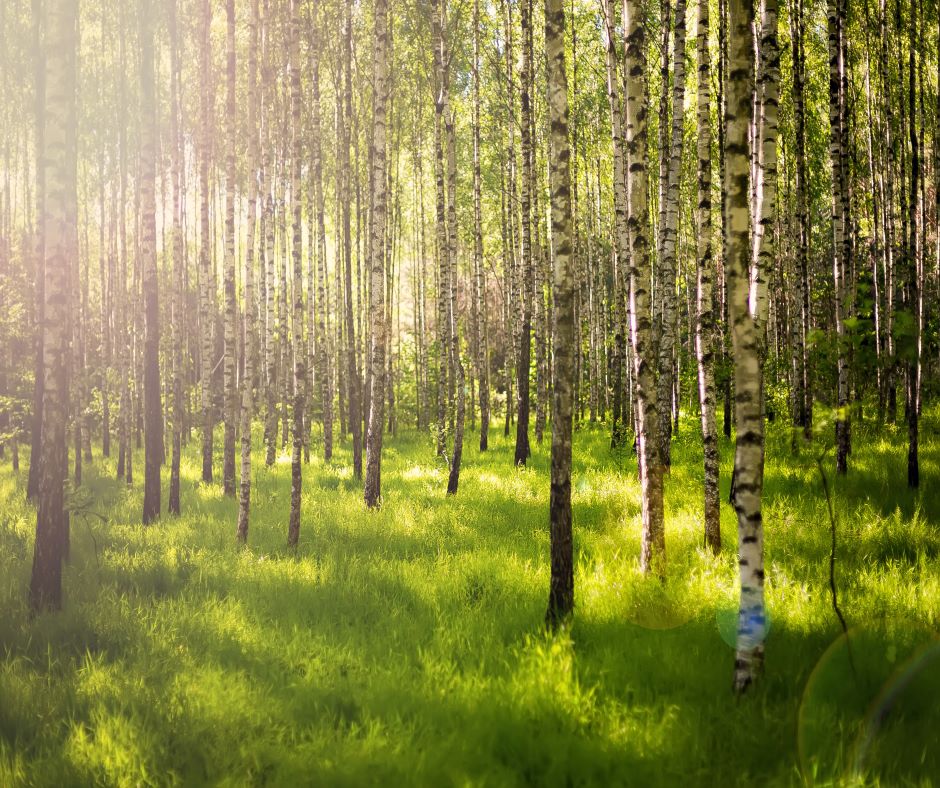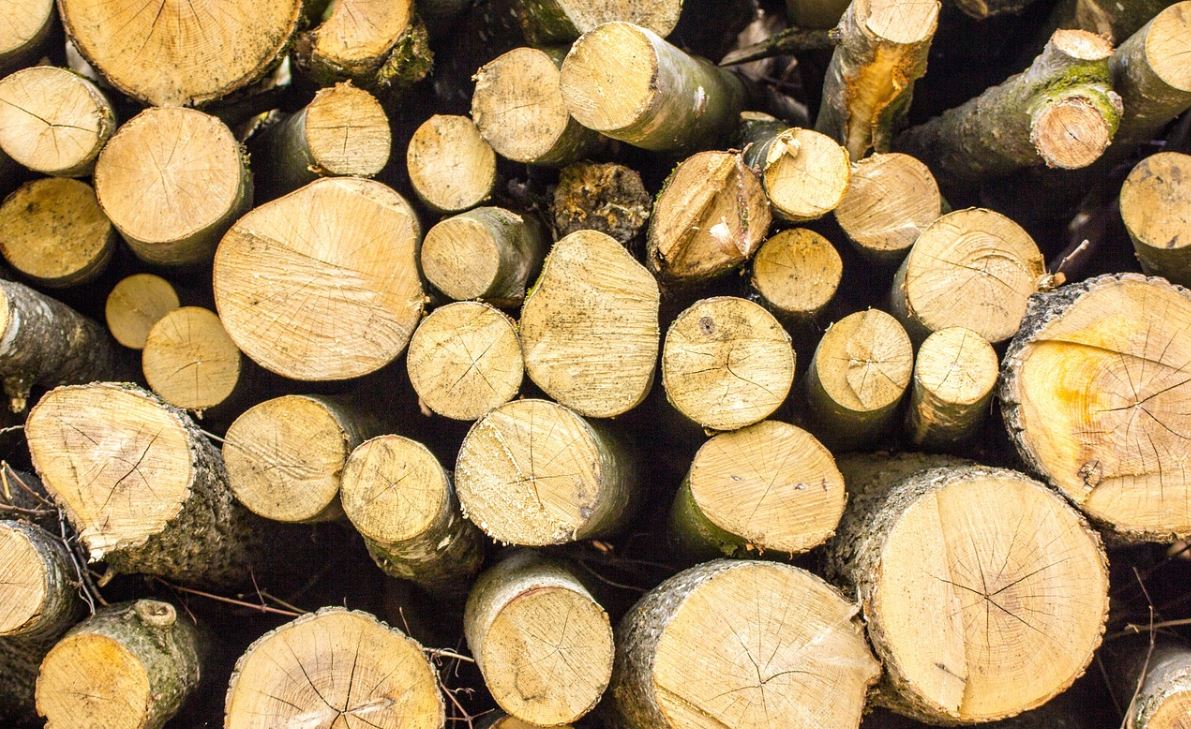Deciding to sell timber from your property
Whether you have purchased a new property or have been pondering for years on what to do with your stand of trees, selling your timber can be a tough decision to make. Inevitably, some of the first questions you will ponder is, “How much are my trees worth?” “How can I minimize damage to my land?” There are several steps involved in selling timber, a lot of pros to harvesting trees and also some precautions to take when deciding to harvest your timber. There is a lot of professional advice you can seek for it. The biggest thing to remember is that you generally can’t undo a large-scale forestry operation within your lifetime, so it’s critical to take your time and do it the right way. Here are some tips to follow for the best success.
Why Are You Selling Timber?
First, why are you considering selling timber at all? There are many reasons people cut trees on their land, including a few common ones below:
- A source of income
- Improving wildlife habitat.
- Increasing overall health of your forest.
- Or maybe you’re interested in all of these at the same time. After all, if you can improve the health of your forest, land, and wildlife while making some money, why wouldn’t you?

First, let’s look at the benefits of removing trees from your property:
- Habitat for local wildlife is enhanced by providing food, cover and shelter for small animals in fallen or dead trees. Dead trees may become home to many insects which is a food source for many animals to live off of.
- It creates regeneration of new trees and other vegetation by opening up the canopy and underbrush.
- By select harvesting you can increase the variety of native tree species creating habitat for a variety of animals, increasing the biodiversity.
- Timber value is increased by enhancing the tree stand’s health. Removing dead, diseased or older trees can help produce newer, valuable tree stands. This also opens up access for other trees to get valuable nutrients and space to grow, improving the quality of the tree stand.
Determining How Much Your Timber is Worth
- Many factors play into the value of your timber. Species, age, quality and quantity of trees, timber prices and the availability of loggers in your area. If your stand has more trees to be used for pulp your tree stand value will be lower than timber that is used for veneers and other high end uses (e.g., oak, walnut, cherry, etc). States with with less timber (e.g., Texas, South Dakota, etc.) may have a harder time earning good money from a harvest, while other states with lots of high-quality timber production (e.g., Minnesota, Ohio, West Virginia) could be better suited for this.
- A professional forester can help you determine the best value of the timber on your land. State agencies, non-profit conservation groups, and private consulting companies have foresters who can help with this. They will conduct a timber cruise to inventory/survey your stand and identify all marketable trees that can be cut and estimate their volume based on height and diameter at breast height (dbh). Combined with the current logging costs and the stumpage price for timber they can provide you the potential value of your forest stand.
How to Sell Timber on Your Property
- A professional forester can inventory your property and prepare a timber management plan for your property. They often have the connection to get you in touch with other people in the logging industry and can provide contacts for loggers and timber buyers. Using a recommended logger can help ensure that you get the right expertise for your property as well as someone that is reliable. You want to make sure they align with your goals to increase the overall health of your forest versus just making a profit and ignoring your goals. Loggers will need to be careful to only harvest designated trees and minimize damage to your property and other trees.
Forestry Considerations
- Ahead of the timber cut, be sure to discuss your goals how the timber will be cut, removed and sold. Develop a signed contract so everyone is on the same page.
- Make sure the logger has the proper licensing, bonding and insurance to cover any damages or injuries while on your property. Logging can be a dangerous business, and some devastating things can happen. To make sure you won’t be held responsible for something they do, make sure they carry adequate liability and property damage insurance.
- After the logs are removed, the treetops and branches (collectively called “slash”) are left behind. Make sure you include in your contract how the logger is to manage the slash. There are several options your logger can do to make sure your property is cleaned up. If it’s not too substantial, a logger could leave it in place to rot, or they may pile it together in certain areas to serve as wildlife habitat or to burn at a later date.
- Depending on how your property is laid out, a logger may need to clear or improve logging trails to get to the trees and remove them. Check to make sure this is also included in the bid and contract. Having a network of good trails on your property helps with future management, and can be a benefit for leasing and property management as well.
- Additionally, you should identify erosion concerns if the logging is to take place when the ground is not frozen. Heavy equipment can quickly compact and rut wet ground, which could be a lasting impact for years. If there is damage, ensure your contract requires them to re-grade it before leaving.

Responsible Timber Harvesting
- Work with your logging team to plan the harvest for the least invasive time for damaging the ground, preferably when the ground is hard/frozen.
- Talk with your neighbors about your plan to thin out your trees. It may also affect their tree stand as well as increase traffic, noise etc around their property.
- Select trees that will least effect wildlife – i.e. – if there is a large acorn producing oak for deer to eat you may want to select another one around that so as not to deplete their food source.
- Make sure your logging contractor is skilled and reliable.
- Create a sustainable plan that will continue to provide a steady income while you own the property. Excessive harvesting may create a profit in the short term but is not a long term sustainable goal that can not be undone in one lifetime of ownership.
What to Do After Harvesting Timber
After selling timber, you might feel a little nervous about your decision. After all, logging has a very dramatic change on the landscape – especially if you did a clearcut. But even though it looks messy initially, the area will change drastically within a single growing season as new growth sprouts back. Here are some other things you can do at this time.
- Plant additional trees or shrubs. If you’d like to introduce some different high-value tree species or wildlife-friendly shrubs, this is the time to do it. Plant them in the spring or fall and put a cage around them to keep wildlife from browsing them.
- To minimize erosion issues on logging roads or log landings, try seeding them with annual and perennial plants. Ryegrass and clover generally establish very fast and attract wildlife, while native plants may take another growing season to establish.
- Use the new access trails to further improve your remaining trees. For example, conduct timber stand improvement (TSI) activities (such as pruning) to make the remaining trees healthier and grow faster.
After doing a timber harvest, you can also often earn a higher price on leases because the habitat is improved for wildlife. As mentioned earlier, many wildlife species use small openings and regenerating forestlands at some point throughout the year.


Great article and information, Lara; thank you. We have almost 200 acres in Fairfield county, SC and it’s hard to focus on maintaining the land when we don’t live in the area.
How to find a reputable forester to trees on my property?
Very helpful ideas, save the plants nature is 1/2 plants 1/2 the wildlife kingdom. Can’t have one without the other.